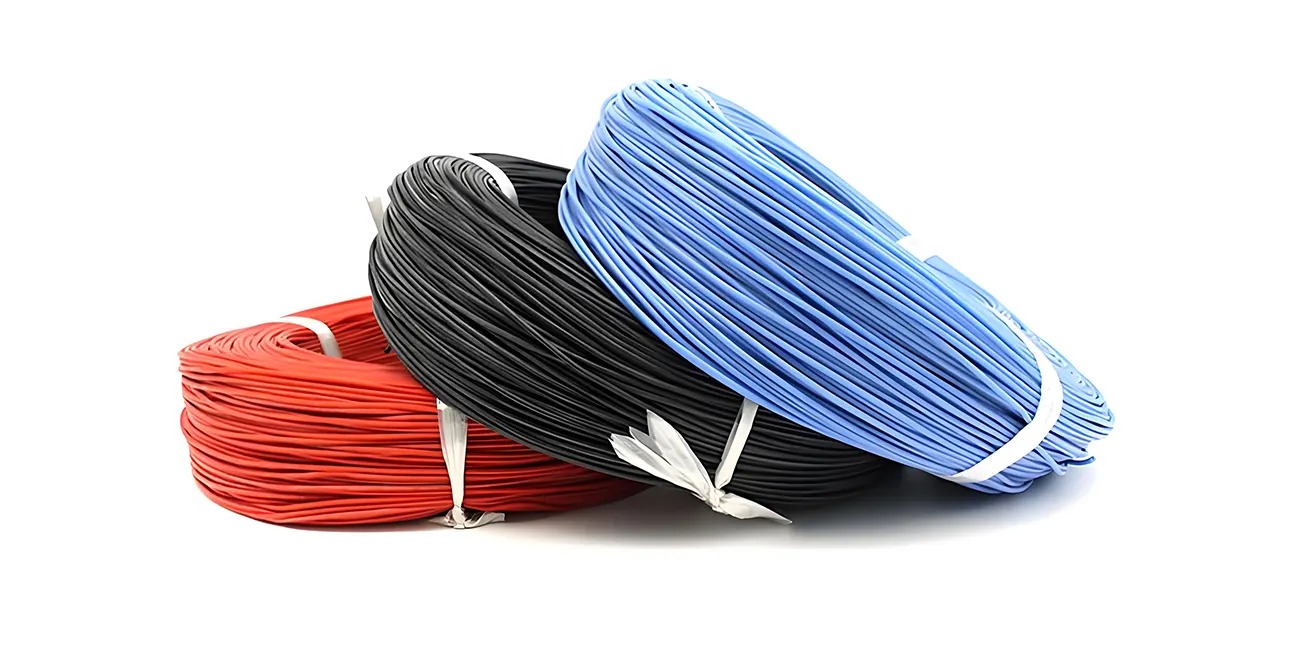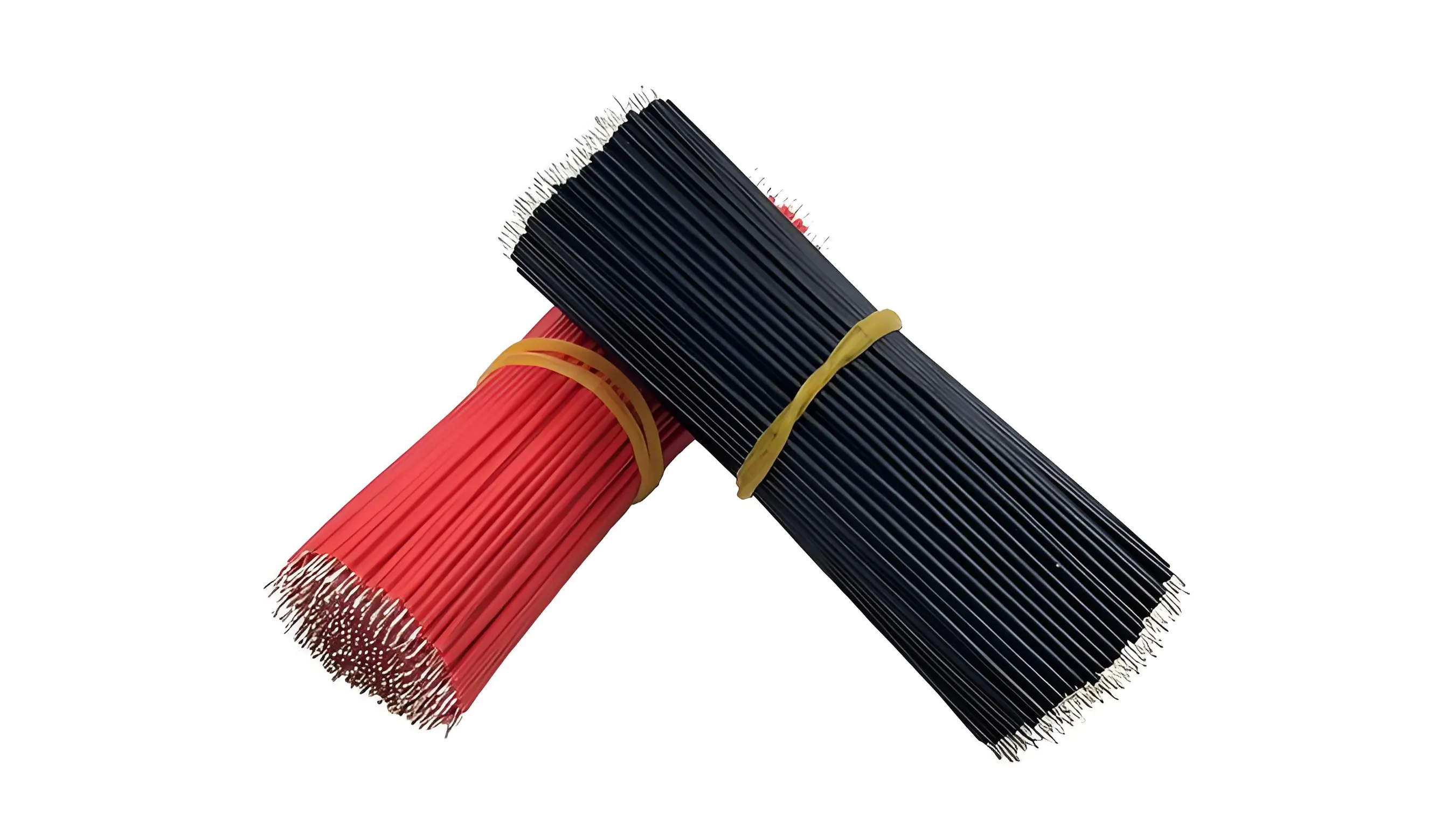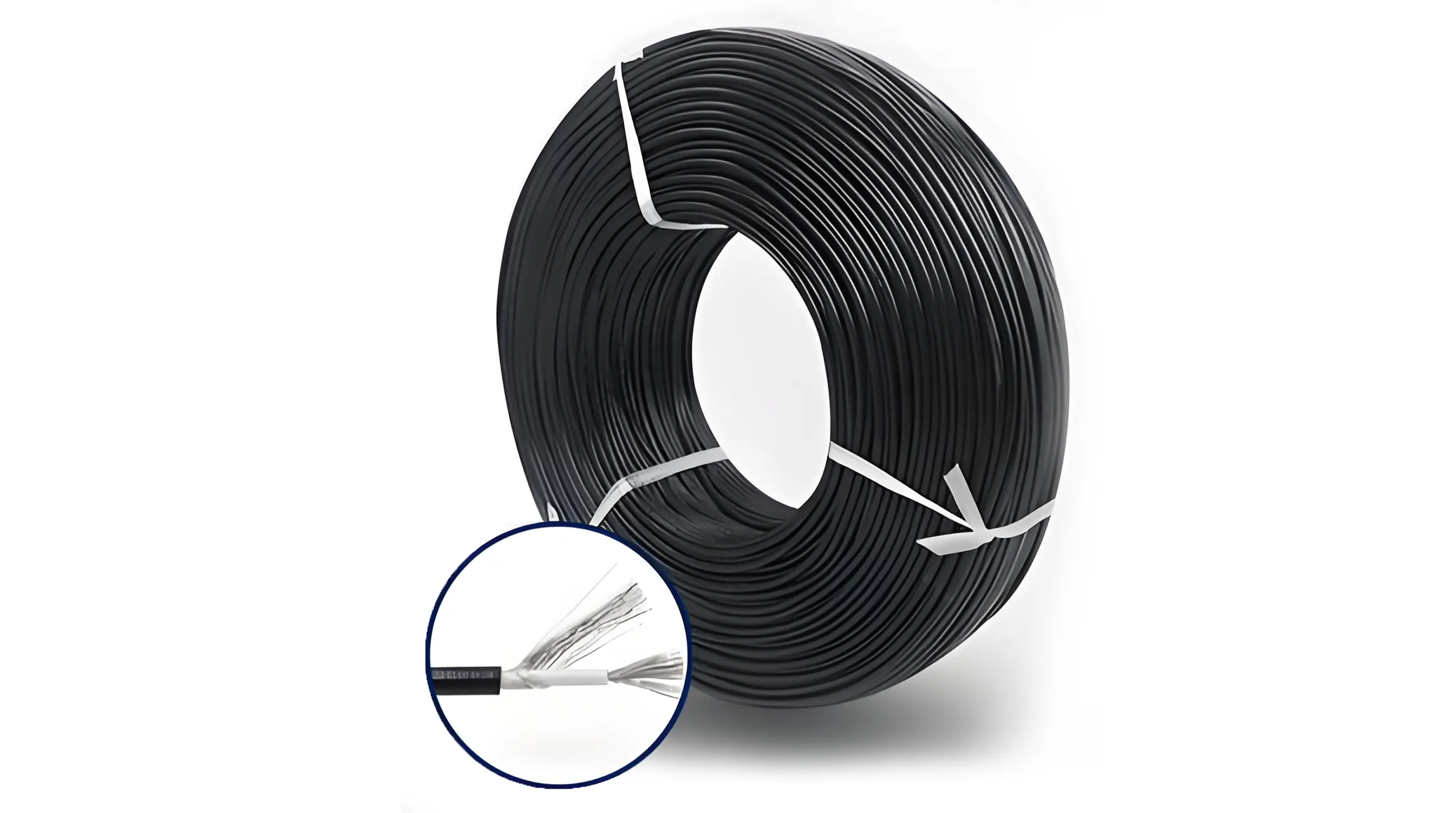
By quanyu lee
2025-09-05 10:07:43
22 AWG Wire FAQ: Specifications, Current, Power, and Applications
Choosing the right wire gauge is crucial in electronics engineering, electrical wiring, and low-voltage systems. 22 AWG wire, due to its moderate diameter and high flexibility, is widely used in electronic device interconnects, LED lighting, signal transmission, and automotive electronics. However, many engineers and enthusiasts face questions when selecting wires: How much current can 22 AWG wire carry? What is its power capacity? What applications is it suitable for? This article provides detailed answers to these common questions, along with calculation formulas and comparison tables, to help you use 22 AWG wire more effectively.

1. What is 22 AWG wire?
22 AWG wire refers to conductors with a gauge of 22 American Wire Gauge (AWG). AWG is the standard used in North America, with larger numbers indicating thinner wires.
- Diameter: ≈ 0.64 mm (0.025 in)
- Cross-sectional area: ≈ 0.326 mm²
Due to its size,22 AWG wire is commonly used in electronic equipment, low-voltage systems, and small power circuits.
2. What is the rating of 22 AWG wire?
The rating of 22 AWG wire depends on the material (copper or tinned copper), insulation type, and operating environment. Common specifications are:
- Rated voltage: 300V
- Rated temperature: 60°C to 105°C
Therefore, it is suitable for low-voltage signals and low-power transmission, but not for high-power appliances.

3. How many amperes can a 22 AWG wire carry?
The current carrying capacity of a 22 AWG wire is typically between 0.9A and 3A.
In free air: 2-3A.
In cable bundles or ducts: 0.9-1.5A is recommended.
Formula for current:
I(Current)=P(Power)/V(Voltage)
Example: For a 12V 24W device:
I=24×0.0833=2A
This falls within the safe range for 22 AWG wire.
Note: 0.0833 here is the conversion number of 1/12V
4. What is the Power Capacity of 22 AWG Wire?
Power can be calculated as:
P(Power)=V(Voltage)×I(Current)
Power Capacity at Different Voltages
| Voltage (V) | Min Current (0.9A) | Max Current (3A) | Power Range (W) |
| 5V | 5 × 0.9 = 4.5 | 5 × 3 = 15 | 4.5 ~ 15W |
| 12V | 12 × 0.9 = 10.8 | 12 × 3 = 36 | 10.8 ~ 36W |
| 24V | 24 × 0.9 = 21.6 | 24 × 3 = 72 | 21.6 ~ 72W |
Note: Power capacity is affected by wire length and resistance.
Voltage Drop Formula
V(Voltage Drop)=I(Current)×R(Resistance per meter)×L(Length)
22 AWG resistance ≈ 0.0535 Ω/m
| Application Example | Current(A) | Length (m) | Total Resistance (Ω) | Voltage Drop (V) | End Voltage (V) |
| 12V 2A, 5m | 2 | 5 | 0.0535 × 5 = 0.2675 | 2 × 0.2675 = 0.535 | 12 – 0.535 = 11.465 |
| 12V 2A, 10m | 2 | 10 | 0.0535 × 10 = 0.535 | 2 × 0.535 = 1.07 | 12 – 1.07 = 10.93 |
| 5V 2A, 2m | 2 | 5 | 0.0535 × 2 = 0.107 | 2 × 0.107 = 0.214 | 5 – 0.214 = 4.786 |
5. What are the Common Applications of 22 AWG Wire?
22 AWG wire is versatile and widely used in:
- Internal device wiring (PCB, sensors, module connections)
- Low-voltage systems (alarms, access control, intercoms)
- LED strips and lighting control
- Automotive electronics and hobby circuits
- Audio and low-speed data communication

6. Does Wire Length Affect the Current Capacity of 22 AWG Wire?
Yes. The longer the wire, the higher the resistance and the greater the voltage drop.
- Within 1 meter: negligible impact
- Over 5 meters: voltage drop must be considered
- Long-distance power delivery: consider thicker wires (20 AWG, 18 AWG)
7. FAQ: Common Questions About 22 AWG Wire
Q1: How much current can 22 AWG wire handle?
| Voltage (V) | Power(W) | Current(A) | Suitable for 22 AWG? |
| 12V | 12 × 2 = 24 | 2 | ✅Yes |
| 12V | 12 × 4 = 48 | 4 | ❌ No, exceeds limit |
Q2: Can 22 AWG wire be used for 220V?
👉 Yes, insulation may handle it, but current capacity is limited. Only suitable for signal or control wiring, not power transmission.
Q3: What is the difference between 22 AWG and 24 AWG wire?
| Wire Gauge | Resistance (Ω/m) | Length (10m) | Current (2A) | Voltage Drop (V) |
| 22 AWG | 0.0535 | 10 | 2A | 2 × (0.0535 × 10) = 1.07 V |
| 24 AWG | 0.085 | 10 | 2A | 2 × (0.085 × 10) = 1.7 V |
👉 22 AWG performs better for higher power and longer distances.
Q4: Is 22 AWG wire suitable for USB?
👉 Yes. Commonly used in USB power cables (e.g., 5V/2A), helping reduce resistance and voltage drop.
Conclusion
22 AWG wire is a widely used medium-gauge conductor suitable for low-voltage, low-power, and signal transmission applications. For short-distance wiring, 22 AWG is a practical and economical choice. For longer distances or higher power loads, consider using a thicker gauge.



